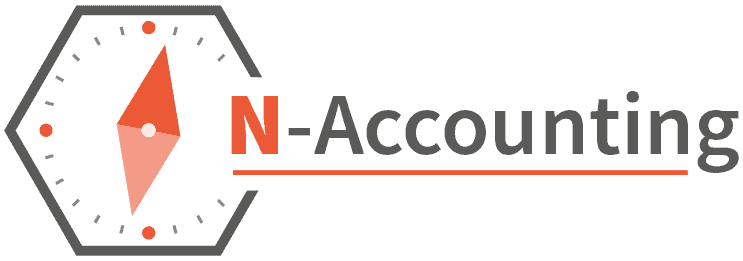Contents
Value Added Tax
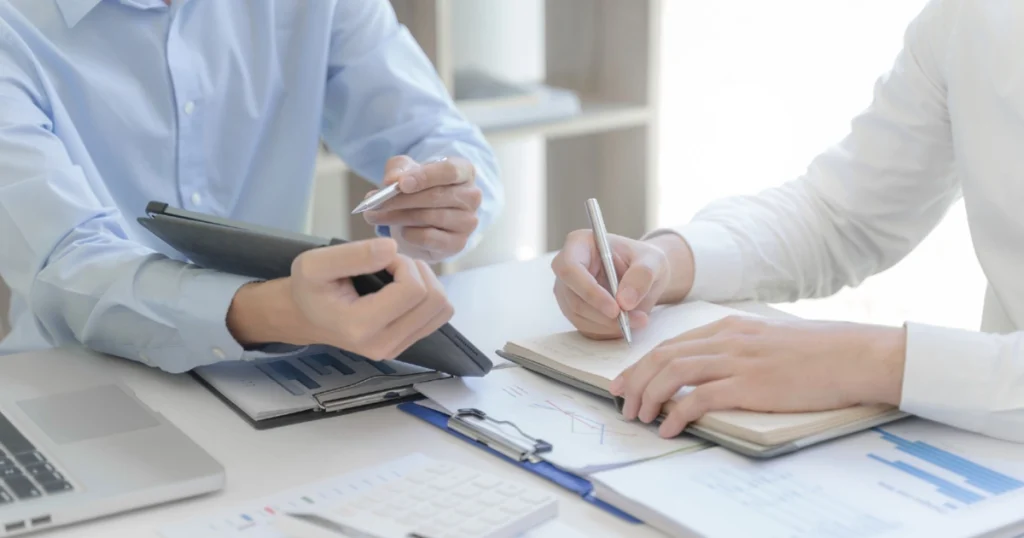
Having VAT explained to you by your accountant can sometimes seem overwhelming, which is why I wrote this short guide in a way in which you can use it as a reference document in bite sized pieces, I will also be regularly updating it as the VAT rules change.
What is VAT?
VAT stands for value added tax and is often applicable to both limited companies and sole-traders because it is a sales tax which can apply to the sale or purchase of goods and services when certain thresholds have been surpassed or a business choses to register voluntarily.
It’s worth considering that not all VAT registered businesses end up paying it and there are many out there regularly receiving refunds on their quarterly vat returns.
This is because the overall rate businesses pay VAT at depends on an offset between the output VAT collected from customers and the input VAT paid out for business expenses, this is why it is possible for some businesses to be owed a refund by HMRC in instances where they have paid out more than they received in sales.
Responsibility
Before we progress further with the article, I want to point out that VAT fraud happens in our economy and it is a business owners responsibility to ensure that they charge VAT at the correct rate and any supplier they claim VAT (input) for is actually a VAT registered business and that the rate of VAT charged is correct, there’s a useful tool here to check their VAT registration number.
Who needs to register for VAT?
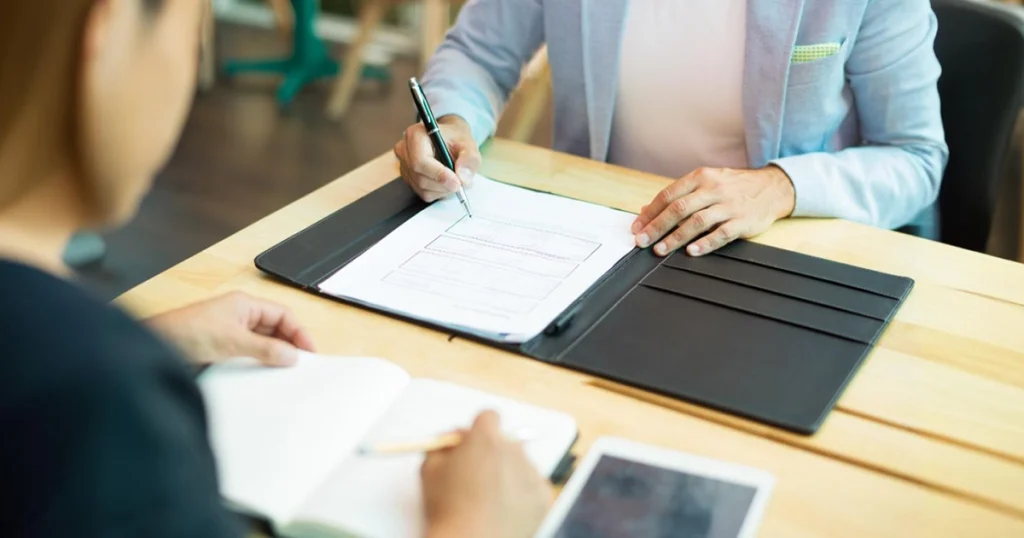
Do I have to pay VAT if I’m self-employed?
Contrary to popular belief, the rules regarding who has to register for VAT do not discriminate between limited companies and a self employed person. And if you are self employed and working as a sole trader then you need to be extra careful as VAT related issues can impact your personal financial security.
Compulsory registration
When a businesses VAT taxable turnover in a rolling 12 month period exceeds the small business VAT threshold of £85,000 (2023), the VAT rules say it must register for VAT and submit VAT returns.
It is worth noting that this is based taxable supplies in the last 12 months of sales and not an accounting period or tax year, this often trips people up.
In the event of a mandatory registration where your company has exceeded the VAT threshold you have the rest of the month you went over, plus the whole of the next month as a grace period before you have to register.
For example if you went over the rolling 12 month in June 2023, you would have to register from the 1st of August which is the start date that would show on your VAT registration certificate.
When working out whether you’ve hit the VAT thresholds in terms of annual sales and are required to initiate a compulsory VAT registration, you can ignore any VAT exempt goods or services you sell as well as anything that might be considered outside the scope of VAT.
Voluntary VAT registration
It is possible to register for VAT voluntarily if you are under the current VAT threshold and can often make sense in situations where your customers are other VAT registered businesses themselves and as a result can just reclaim any extra VAT you charge them, but you would then have the ability to reclaim VAT on your expenses which will reduce your overall costs. There is the added benefit that the voluntary registration makes your business appear larger and more professional.
VAT Registration
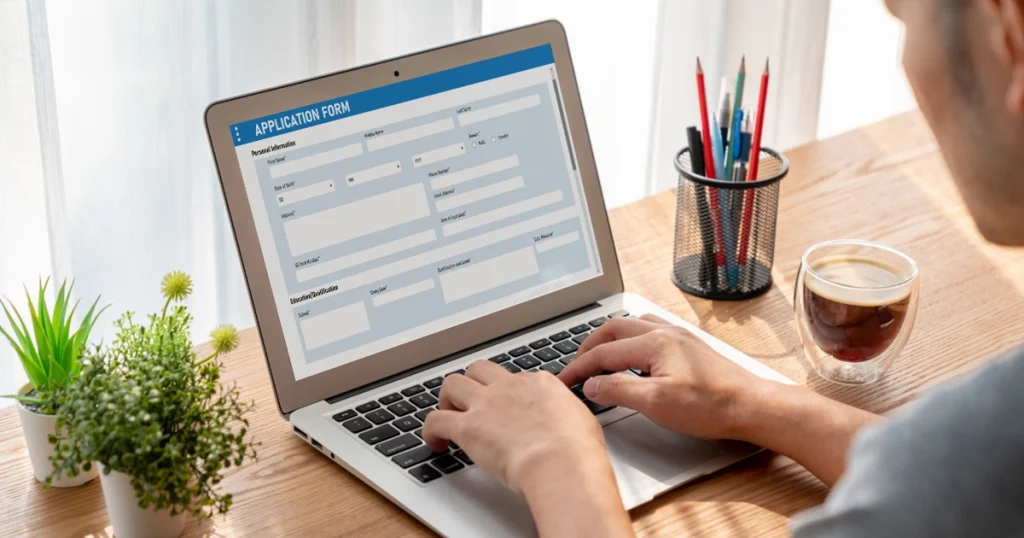
How to register for VAT
Before starting to charge VAT you will need to register for VAT online using your Government Gateway account and shortly after they will issue you with a VAT number.
VAT registrations can take around 3 weeks for the VAT certificate to arrive so in the meantime you can either send your VAT registered customers an invoice excluding VAT, but inform them that there will be a follow up one after to correct it and get them to pay the difference.
Or create sales invoices for the gross amount without VAT broken down separately so your customers just pay once, and then replace it later with the invoice showing the breakdown of Net and Gross.
VAT taxable turnover
The business turnover for VAT purposes is based on any invoices which are within the scope of UK VAT. The key things to note about that statement are that it is invoice based, so it doesn’t matter when you actually received the payment and also that quite a lot of businesses have exempt turnover which doesn’t count towards the VAT registration threshold.
Pre-registration VAT reclaim
In order to cushion the impact on your cashflows, HMRC do allow a concession which enables businesses to reclaim VAT on 6 months of services prior to the registration date, this could include things like accountants fees and rent, as long as they relate to a part of you business that is still trading after registration.
In addition to the services reclaim, you can also recover VAT on any stock and equipment your business was holding at the time of registration as long as it related to sales where you charged VAT, and you can do this for anything up to 4 years old.
As a bonus the reclaim amount can be based on the full price you paid for it.
De-registering for VAT
If you make the decision that you no longer wish to be registered for VAT, as you are below the required threshold then it is possible to deregister for VAT.
You should bear in mind that on your final VAT return you will need to repay VAT on any stock and equipment you still have in the business at that point, but it would be at todays fair value and not what you paid for it.
VAT rates
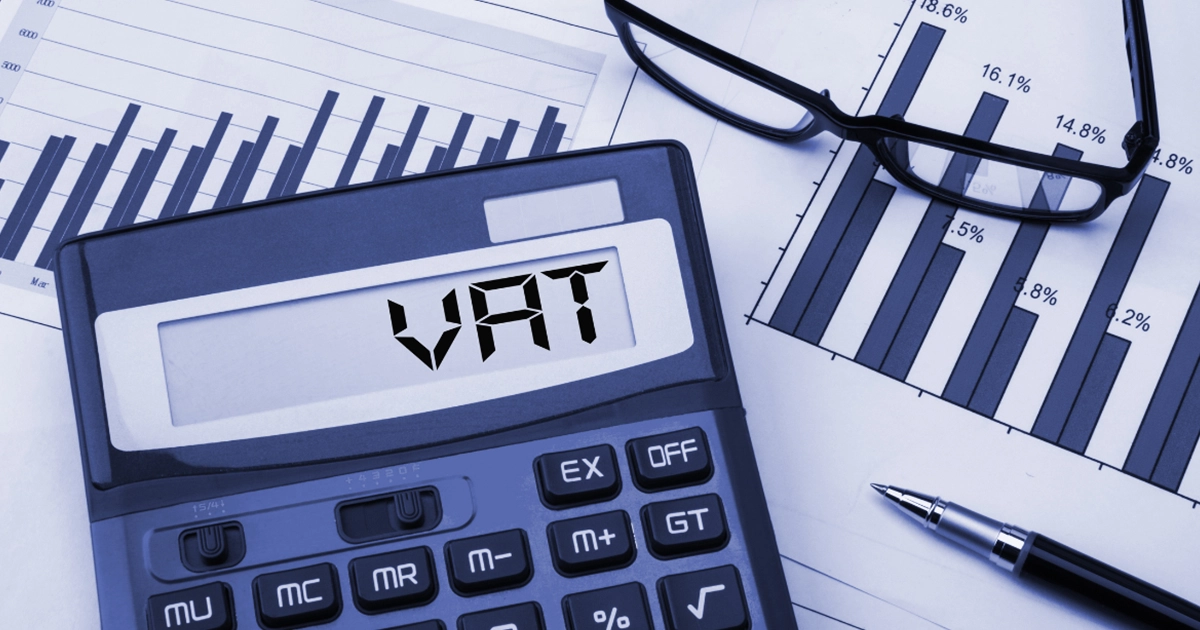
In general the main rate of VAT is 20%, however a reduced rate can apply at 5% and even 0% for certain products like energy bills or food for example. This can be a reason certain businesses end up with refunds as they charge 0% VAT on their sales but pay it on their other business expenses.
Certain businesses that sell medical or education related products and services can even be exempt from VAT altogether.
Difference between zero rated VAT and VAT exempt
This is the question that baffles most business owners and the key difference is:
Zero rated
When you make a zero rated sale, you are still allowed to reclaim VAT on any expenses that relate to that sale. It’s worth noting that in certain instances especially relating to the export of goods, then you can zero rate the sale and your customer would need to account for it via the reverse charge mechanism and vice versa if you import goods.
VAT exempt
Making an exempt sale on the other hand means that you can’t reclaim VAT on any expenses that relate to that sale, which can mean that in cases where a business has both exempt and non exempt sales, calculations are needed to split out the proportion of VAT which can be reclaimed based on the split of sales.
To simplify this a bit HMRC offer a de-minimis limit which means that below certain thresholds a split isn’t required, although conditions do apply.
Do I charge VAT if my customer is VAT exempt?
Despite the popular misconception, the VAT status of your customer doesn’t actually matter when determining how much VAT you charge them, for example you can’t exempt your sale just because your customer is exempt and you would need to charge them the full rate at 20%, which they won’t be able to recover unless it is part of their de-minimis limit.
I must point out however that the same product or service you supply, can have different VAT rates depending on how it is used or the industry it relates to.
Reverse Charge
Certain types of income are zero rated but the customer is responsible for declaring the output VAT that would have been declared by the supplier, on their own tax return, overall there is no impact as the declaration of output and input VAT on the same return cancel each other out, here is a good article explaining how, what and why.
Generally this is a mechanism to reduce the administration and cashflow burden of having to pay VAT and reclaim it and also reduce the risk of fraud.
The domestic reverse charge applies to businesses within the construction industry scheme (CIS) and it allows them to Zero rate invoices to customers, in situations where previously they would have been standard rated.
When is VAT paid?
VAT is usually due on the 7th after the end of the month following, which means that if your VAT quarter end is the 31st of January, then the VAT return and payment is due on the 7th of March.
It is possible to have an annual or monthly VAT scheme at which point you would make monthly payments or instalments 10 months of the year.
Paying VAT is possible by setting up a direct debit via the Government Gateway so that the correct amount of VAT is collected every quarter on the 7th, this is a helpful feature as late VAT payments can trigger severe penalties.
If you’re not using the DD option then make sure you only take bank details for payment from the HMRC site and that you’ve checked the URL to ensure it’s authentic! Better still most banks have the details already stored in the online banking app, so you don’t even need to enter them. Your 9 digit VAT number must be the reference you use, otherwise they won’t be able to allocate the payment to your VAT account.
Can I split my business to avoid being VAT registered?
For many B2C businesses, VAT registration can be an immense burden on their margins because they often have customers who aren’t registered themselves and as a result will not pay the extra to cover the VAT element. This invariably means that the business has to keep their prices the same and hand part of their margin over to HMRC as the output VAT, they will reclaim some input VAT to offset this but usually they are worse off.
Splitting a business to avoid VAT or disaggregation can be very tempting in the scenario mentioned above, however you must factor in that if you do it solely for the purpose of avoiding VAT then HMRC have the power to combine the businesses into one VAT registration and they can retrospectively apply it going back up to 7 years.
The criteria for determining if businesses need to be combined for VAT purposes is similar to the one regarding companies sharing a corporation tax rate and marginal relief, but is slightly more relaxed.
HMRC are testing to see that two businesses are being run as genuinely separate entities, with a particular focus on the following:
Separate branding & advertising
A different mix of ownership/legal status
Separate accounting and financial systems
No employee interdependence
Separate insurances and other organisational expenses
A final point on this matter would be that from a commercial perspective it should be questioned whether the extra effort needed to run two separate businesses just to save on a VAT bill is actually worthwhile.
VAT Schemes
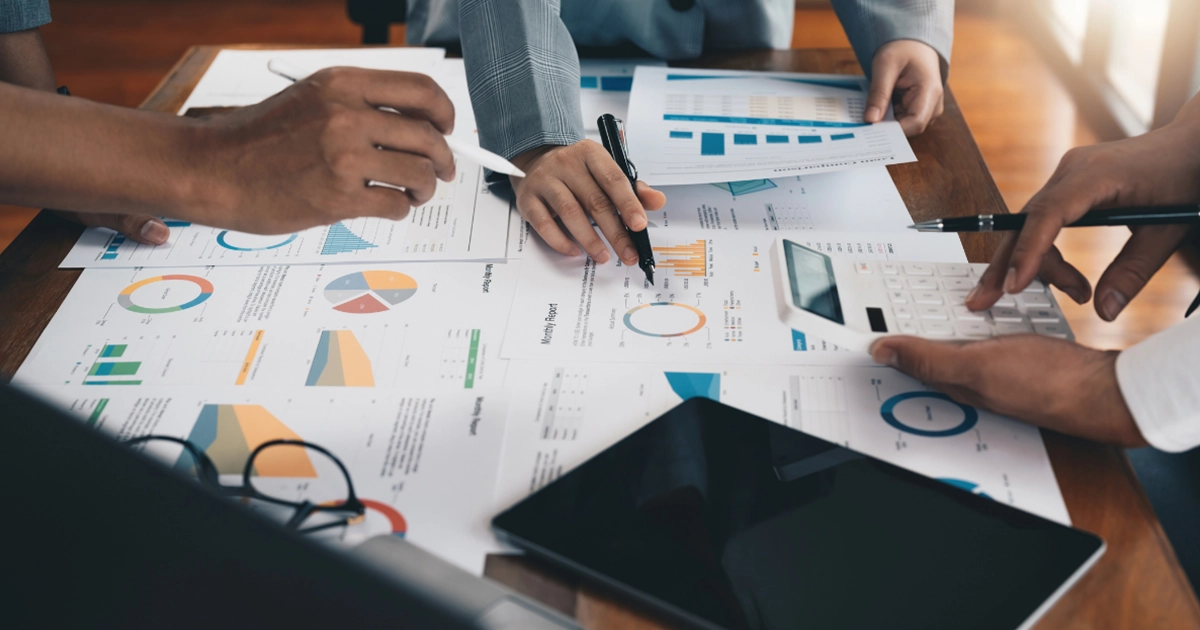
The VAT legislation that applies in the UK allows for some pretty significant variations to the usual rules, which are designed to reduce the risk of fraud, improve cash flows and to simplify the return calculation process, but they can also provide certain benefits to your cashflows and reduce your VAT bills if used correctly.
Many of these schemes can be used in conjunction with each other, and there are also certain limitations which prevent them being used in certain cases, they are also available to both sole trader and limited company businesses.
PVA
Postponed VAT accounting is particularly relevant for businesses that are importing goods from abroad. Usually in this scenario VAT would be declared and paid as the goods enter the country at customs and then the importer would claim the VAT back on their next VAT return, however PVA allows you to not pay VAT at customs by using the reverse charge mechanism and treating the vat as an input and output on the same return.
Not having to pay a VAT invoice at customs is a huge benefit to cash flow as small businesses don’t need to wait until their next return to reclaim the VAT. As with anything import and export related it is vital to keep VAT records showing that you utilised the scheme properly.
Flat rate scheme
The VAT flat rate scheme is a useful simplification tool because it allows businesses to pay VAT by applying a percentage based on their business sector to their gross turnover. Typically the percentages are lower than the output VAT on what your customers pay you which means that you get to keep some of it, however the downside is that you can’t reclaim VAT on your business purchases unless it’s for certain capital assets worth more than £2,000.
This often leads to winners and losers under the FRS as sometimes losing the ability to reclaim VAT on purchases is not worth the extra amount of output tax you get to keep based on your VAT flat rate turnover.
To compound the issue, in 2017 the limited cost business category for the flat rate scheme was introduced, which meant that businesses that spent less than 2% of their gross turnover on goods like stationery or items for resale had to use the 16.5% rate, services like accountancy fees aren’t allowable for this calculation, this meant it was almost never worth utilising the FRS for limited cost businesses as they would have to pay more VAT.
It’s worth acknowledging that this scheme is voluntary, however if you leave it then you can’t re-join for another year afterwards and that if you’re in your first year of being registered for vat then you receive an additional 1% discount on your VAT rate.
There are restrictions on who can use it, for example if you’re expecting your VAT taxable turnover to be more than £150,000 in the next 12 months than this would disqualify you from joining and if your turnover exceeded £230,000 you would need to leave the scheme.
You can join the scheme by requesting it when you first register or using form VAT600FRS if you are doing it afterwards.
Accruals vs. Cash
Another option when it comes to VAT returns is deciding the basis on which you calculate your bill as it’s possible to work it out based on when you send and receive invoices, but also as an alternative using the cash accounting scheme which means the tax point is worked out based on when you receive the cash or pay it.
Cash accounting can work well for your cash flows if you give payment terms to your customers and don’t receive them from your suppliers because it means you’re only paying the VAT when you receive the cash rather than when creating the invoice.
There are restrictions to it’s use as when the value of the goods and services you supply means that your annual turnover exceeds £1.35 million then you must switch back to the Accruals method.
Care needs to be taken when switching schemes because most accounting software won’t handle it automatically so you could end up with under or overpaid VAT.
There is no application process for this scheme, you just need to be able to evidence that you applied it properly in the event of an enquiry.
An adjustment is usually needed every quarter to ensure that any financial benefit from the scheme is allocated to your sales account in the P&L, this can mean you end up paying more corporation tax on this gain.
Annual VAT Scheme
This scheme can be a really good way to reduce the work needed to submit VAT returns as the VAT period is based on your annual turnover and not the quarterly basis utilised by the more standard alternatives.
This means that you would submit one VAT return a year and assuming the next return will have the same bill as the last one you submitted, make payments over 10 months towards the VAT bill. Any difference in your payments and actual VAT bill would then be rectified by a top up payment or claiming a refund after submitting the return.
The drawback of this is that if you have a significant change in your business, then it may take up to a year for your VAT payments to reflect it which might work well if you owe more money but could also be a hindrance if you are owed it, for that reason this is not a popular option.
VAT Account
Most businesses when they register for VAT will create a VAT account on their balance sheet to keep track of what is owed or reclaimable as usually the amounts in the profit and loss will only show the net income or expenditure and the additional amount for the VAT will need to be kept aside. This is usually where any adjustments, payments and refunds are also allocated.
MTD
Making tax digital applies to nearly every VAT registered business and requires that they use accounting software that connects to HM revenue and customs system.
In cases where spreadsheets are being used it is possible to use bridging software to connect them up, but accounting software is always the preferred option as there is less risk of inaccuracies.
VAT enquiries
From time to time HMRC will launch a VAT inquiry into a business and this is often an event that people are very apprehensive about. However it doesn’t need to be a painful experience and having your records in good order can make it much quicker and easier to resolve.
In an ideal world you would be using some software like Dext which will allow you to attach invoices and receipts making them easier to access in the event of an enquiry. A routine enquiry is usually based on spot checking a handful of transactions, unless there was a specific item that triggered it.
Penalties
The penalty regime for VAT is based on a points system which means that when you commit an infraction like not submitting your return on time or not paying your VAT bill, you will end up with penalty points and when they reach a certain threshold they will trigger penalties.
The VAT penalty regime is actually the most complex I’ve seen in tax and if you don’t want to invest the time to learn about it then I’d suggest doing everything you can to submit returns and payments on time.
As with any other tax I’ve written about, I really cannot emphasize how important it is to file your returns on time and talk to HMRC, even if you can’t afford to pay your bill and agree on a time to pay arrangement. The TTP arrangement can significantly reduce or eliminate the penalties that you will owe, so the worst thing you can do is bury your head in the sand and ignore the issue.
Summary
VAT is an extremely complex topic but hopefully this article will give you a general overview of how it applies to your small business. As always I would like to invite you to take advantage of our expertise and get in touch with any questions you might have if you need an accountants perspective or tailored advice.
FAQs
1. What is VAT, and who does it apply to?
VAT stands for Value Added Tax, a sales tax applied to goods and services in the UK. It applies to both limited companies and sole traders once certain thresholds are met or if they choose to register voluntarily.
2. Can I register for VAT voluntarily, and why would I?
Yes, you can voluntarily register if your turnover is below the threshold. This is beneficial if your customers are VAT-registered businesses, as it allows you to reclaim VAT on expenses and may enhance your business’s credibility.
3. What VAT rates can apply to my business?
The standard VAT rate is 20%, but reduced rates of 5% or 0% apply to some goods or services like energy bills and food. Some businesses, particularly in medical or education sectors, may also be exempt from VAT.
4. What’s the difference between zero-rated and VAT-exempt sales?
Zero-rated sales allow you to reclaim VAT on expenses linked to those sales, while VAT-exempt sales do not. If you make both types of sales, you may need to calculate VAT reclaims proportionally.
5. What are VAT schemes, and how can they benefit my business?
VAT schemes simplify VAT calculations or improve cash flow. For instance, the Flat Rate Scheme offers a fixed percentage on turnover, while Cash Accounting bases VAT on payments received or made, helping with cash flow management.
6. Can I split my business to avoid being VAT-registered?
HMRC discourages splitting businesses solely to avoid VAT registration. If discovered, they can combine the businesses, enforce VAT registration, and backdate it up to 7 years, potentially leading to penalties.
7. What penalties apply for late VAT filing or payment?
The penalty system works on a points-based approach. Accumulating points for late submissions or payments can lead to fines. Talking to HMRC about time-to-pay arrangements can help reduce penalties.
8. How can I ensure compliance with VAT rules?
Using proper accounting software like MTD-compliant platforms and keeping clear records can help you stay compliant. Attaching invoices and receipts to transactions also makes HMRC enquiries quicker and easier to handle.
